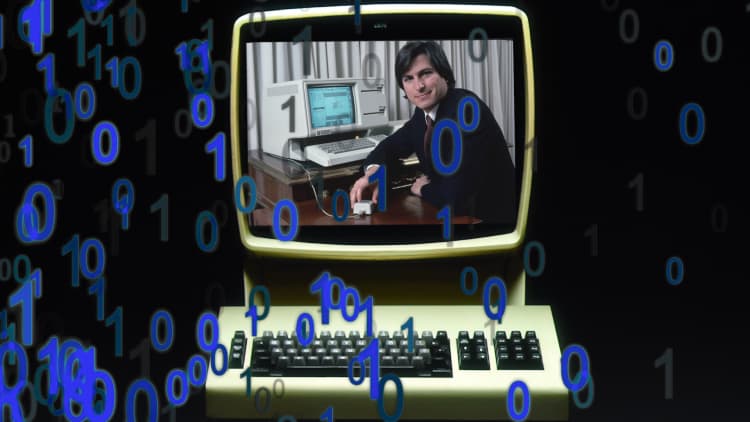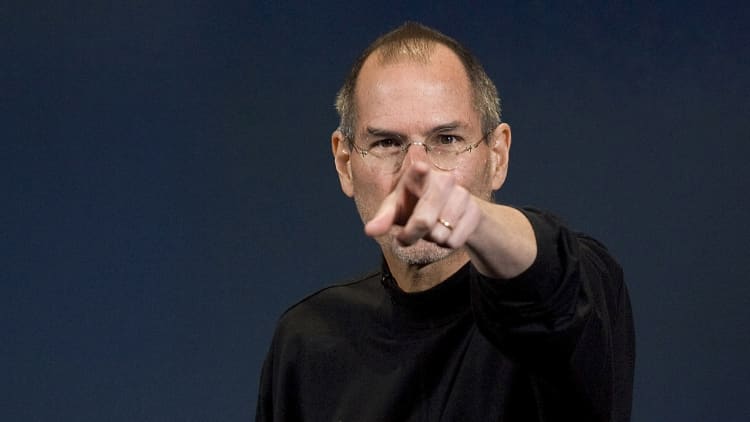Apple is best known for creating simple to use and disruptive products, sales of which pushed Apple to become the first publicly traded U.S. company to reach $1 trillion last month.
That innovation was a legacy of Steve Jobs, who co-founded Apple in his parents' garage in 1976 amid the first wave of personal computing. Jobs was later fired in 1985, but returned to Apple as CEO in 1997 to lead the company through an era of successful product launches: the iMac, iPod, iPhone and iPad.
Meeting Jobs' standards to develop a new idea was no easy task, Ken Kocienda, a software engineer who worked at Apple — on projects like the iPhone and iPad — for 15 years during Jobs' second tenure, tells CNBC Make It.
"Steve Jobs was very focused on making great products," Kocienda says. "So when I developed a prototype for a new piece of software and when it came time to show it to him, if he didn't like it, he would say so in no uncertain terms and he could be pretty intimidating."
Kocienda, the author of a new book about his experiences at Apple called "Creative Selection," is best known for his work on the original 2007 iPhone.
Kocienda says he joined the project "very, very early on" and it became his job to develop the keyboard for the first iPhone. "And I invented auto correction — the code that takes your taps on the touch screen and figures out what you meant to type," he says.
Over his career with the company, Kocienda learned an important lesson about pitching Steve Jobs on any new idea, product or feature: "He wanted the work to speak for itself."
"Steve didn't like a lot of talk or description about demos and prototypes before he was looking at them," Kocienda explains. "It needed to be obvious ... most people when they are interacting with software, they just want the software to do what it's supposed to do. They are not interested in it as a technological or creative artifact."
Jobs approached the product the way a customer might, which meant there couldn't be an expert in the room explaining how to use it. "He wanted to treat the work as if a person had just walked in off the street into an Apple store walked up to the table and was having their first experience with the product," Kocienda says.
Refining your ideas into their most simple and understandable form is a lesson anyone can use to be more convincing, he adds.
"When you are presenting work to other people, less really can be more," Kocienda says, pointing to Jobs' presentations at Apple's product launch events as an example.
"[I] go back and look on YouTube at some of his presentations that he would give up on stage announcing new Apple products," Kocienda says. "His slides are not filled with words, he doesn't have bullet after bullet, after bullet, after bullet...."
"Many of his slides have one or two words," Kocienda explains. "He honed and refined and simplified his message so that he knew exactly what he wanted to say and could say so in as few as possible words and so people were not overwhelmed by too much message. It was very clear what the point was and then people got it."
Don't miss: Steve Jobs: 'I never did it for the money'
Like this story? Subscribe to CNBC Make It on YouTube!




